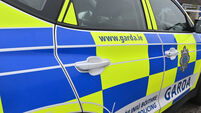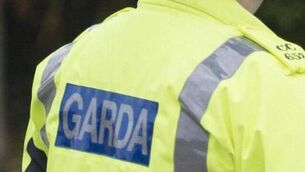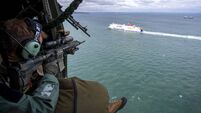Road safety strategy saves lives and costs
And this meant economic savings of over €1 billion, according to a new study.
A consultant’s report commissioned by the Department of Transport shows the strategy achieved economic benefits worth up to six times the money spent on implementing its objectives.
However, it also criticised the strategy for failing to establish an actual budget for road safety, which also hampered proper evaluation of its effects.
The report noted that the Government had just achieved its target of reducing the number of deaths on Irish roads by 20% on their 1997 levels by 2002. There were a total of 376 road fatalities in 2002 compared to 472 in 1997 — a reduction of 20.3%.
However, the Government’s current road safety strategy, which ends this year, is likely to be less highly commended as the annual number of road deaths rose above 2002 figures last year to 399 fatalities.
The European Transport Safety Council also criticised Ireland’s continuing failure to tackle the problem of drink driving in a major study published earlier this week. The report by Goodbody’s, entitled Economic Evaluation of the Government Strategy for Road Safety 1998-2004, also stated that the vast majority of individual measures designed to improve road safety had been implemented.
It estimated that savings of up to €1.032bn were achieved as a result of the reduction in road deaths and serious injuries — almost six times the total expenditure of €169m spent on implementing the strategy.
The biggest expenditure on the strategy involved a €93m budget for the implementation of the Garda’s Operation Lifesaver.
The report suggests there were 516 less fatalities on Irish roads over the duration of the strategy against the predicted levels at its outset. The greatest reduction in fatalities occurred among vulnerable road users, such as cyclists and pedestrians, with decreases of 39.5% and 24.2% respectively.
The study acknowledged that substantial progress was made in reducing the overall level of speeding by Irish motorists during the period of the strategy, even though average speeds only declined by a relatively negligible amount.
Town: poulation
*Navan: 19,417
*Wicklow: 9,355
*Nenagh: 6,454
*Tipperary: 4,954
*Macroom: 2,984
*Gort: 1,776
*Carrickmacross: 1,964
*Clifden: 1,355











